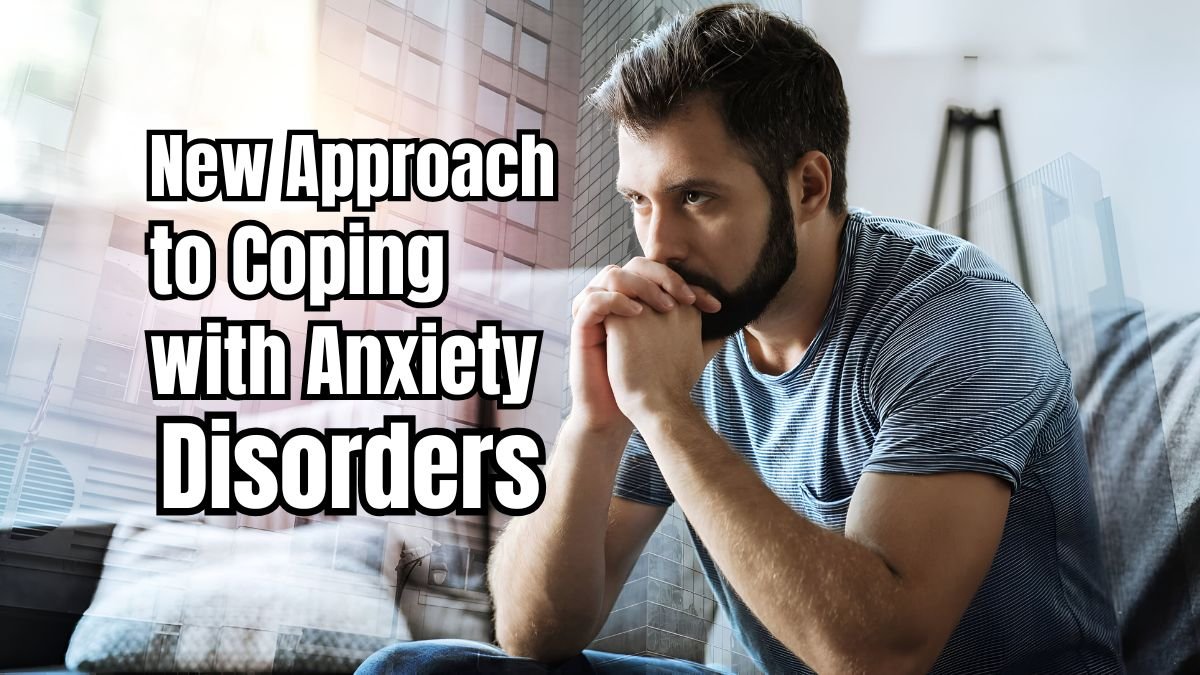Many of us have faced anxiety at some point in our lives, such as during exams, at work, or while dealing with someone we care about. In the United States, a yearly average of over 80 million anti-anxiety medications are given by doctors. Many people have anxiety, but it is still hard to get proper treatment for it.
Even though more is now known about different anxiety disorders, there are still many options for treatments that experts must consider. To clarify these issues, C. Barr Taylor (a psychiatrist) and Bruce A. Arnow (a psychologist) have prepared a research-based and practical guide on understanding and dealing with anxiety disorders.
Integrating biological and psychological perspectives
The great thing about Taylor and Arnow’s book is that it combines psychological and biological aspects. The authors call symptom-focused treatment, which uses specific techniques that have been shown effective in research, such as:
- Psychotherapy
- Psychopharmacology
- Behavioral therapy
The goal of this approach is to reduce the severity and frequency of a patient’s symptoms. In many cases, it may even eliminate the condition.
A step-by-step treatment approach
Taylor and Arnow believe that the most effective treatment for anxiety is a “biopsychological” approach. This means that the patient’s condition results from a combination of biological, psychological, and social factors.
Biological causes:
- Genetics
- Drug and substance abuse
- Disease conditions
- Sensitivity to stress and isolation
Psychological causes:
- Life lessons and experiences
- Ways of thinking
- Ways of interpreting events
Social causes:
- Family and workplace environment
- Social and cultural background
The combination of all these factors results in different forms of anxiety symptoms in each individual.
Treatment of different types of anxiety disorders
Taylor and Arnow systematically explain the assessment and treatment methods for each type of anxiety condition, such as Acute Anxiety, Generalized Anxiety Disorder, Panic Disorder, Agoraphobia, Social Phobia, and Simple Phobias, in the book.
For each disorder:
- Initial treatment often involves a combination of medications and Cognitive Behavioral Therapy (CBT).
- In later stages, if necessary, family-based therapy, marital counseling, or psychodynamic treatment may be added.
Practical Guidance and Case Studies
Another feature of this book is the fact that it contains actual case studies that help readers understand how a patient’s condition can be diagnosed and treated.
Also, the authors provide clear guidelines for the use of medications. A diagnosis flowchart, special testing instruments, and protocols for exposure therapy are also included. All of this makes this an invaluable resource for those working in the mental health field.
Reviews that demonstrate the usefulness of this book
- David H. Barlow states:
“The clear explanation of assessment and treatment techniques in this book is rare. This book is a must-read for every therapist.” - Isaac M. Marks states:
“This book is extremely useful from a clinical perspective, especially for its interdisciplinary approach.” - Stewart Agras opines:
“This book brilliantly explains every aspect of anxiety disorders, from behavioral therapy to medications.”
Conclusion
Anxiety is a simple word, but the psychological and biological aspects behind it are extremely complex. Taylor and Arnow’s book is extremely useful for those who want to understand this mental condition in depth and are looking for a practical treatment. This book is a strong foundation for clinicians and researchers in making a positive difference in the lives of patients.
